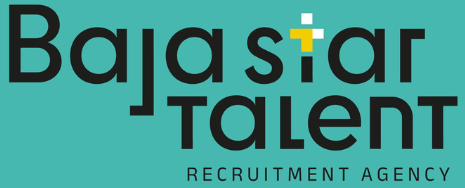
Consumers in United States are slowing down on spending on material goods, but focusing more on services. They will also pull back on bigger purchases.
Consumers are scaling back their expenditure on tangible goods while directing more attention towards services. Additionally, they are retracting from significant purchases. Even with the Federal Reserve’s reduction of rates, there won’t be a surge in spending.
Amidst elevated economic uncertainty, inflation, and a dearth of salary increments, income growth will decelerate, consequently impacting consumer spending.
As spring approaches, indicating not just a change in weather but also in household expenditure habits, consumers will venture out of their homes once more to relish baseball games, soccer matches, outdoor events, as well as conferences and corporate gatherings. In recent years, consumers managed to finance their activities by tapping into trillions of dollars in savings accrued during the Covid-19 pandemic. However, what does this year hold?
The spree of spending is on the verge of tapering off. Economists from the Federal Reserve Bank of San Francisco estimate that households saved approximately $2.1 trillion more than usual during the pandemic. As individuals were predominantly confined to their residences, their expenditure dwindled. Yet, as the economy began to reopen in 2021 and 2022, consumers unleashed their savings with fervor, in some cases, recklessly.
However, only a fraction of these savings remains. According to the same economists, roughly $200 million in surplus savings lingered at the close of last year, expected to deplete by the first half of 2024. This implies that consumers might have one more bustling spring season ahead, indulging in travel, leisure, entertainment, and various other commodities and services. Nevertheless, subsequent to this spring, consumers are unlikely to maintain the same level of affluence.
The expenditure equilibrium continues to shift towards services. Over the years, consumers have been transitioning their spending from goods to services.
The relative cost of goods has declined, travel has surged in popularity, housing has become more expensive, and advancements like the internet, mobile phones, and fiber-optic connections have substantially broadened the array of services accessible to consumers.
However, this longstanding trend saw a remarkable reversal during the pandemic. In February 2020, approximately 31% of consumer spending was on goods. By March 2021, this proportion escalated to 35%, the highest since 2006. Presently, with prices of goods remaining relatively stable, half of this shift has subsided. It is plausible that the long-term trend will resume in the coming years.

Consumers will curtail significant expenditures. Formerly, when consumers could tap into substantial savings, acquiring pricey goods and services, from new smartphones to concert tickets, was easier. Without this surplus liquidity, accessing big-ticket items will be more challenging. Consumers are more likely to level out their spending through smaller purchases, notably affecting items that are arduous to finance, such as automobiles requiring cash down payments.
The Federal Reserve’s rate cuts won’t induce a substantial surge in spending. Despite expectations for multiple quarter-point cuts in short-term interest rates, the Federal Reserve has upheld its intention to reduce rates three times. Recent inflation data may further temper these cuts. Consequently, stock prices are unlikely to soar significantly upon the initiation of cuts, limiting the injection of newfound wealth into spending. Additionally, lackluster Wall Street bonuses this year dampen prospects for driving markets of luxury goods and services. Uncertainty surrounding the November elections is poised to maintain market stability, restraining investor enthusiasm.
Caution in the labor market may impede spending. With the unemployment rate still below 4% and economic uncertainty prevailing, companies are hesitant to make non-essential hires. Wage increments are expected to be modest alongside sluggish inflation, potentially curbing income growth and subsequently affecting spending. Businesses necessitating labor, such as spring-filled stadiums, increasingly rely on temporary workers. Even entities originally seeking permanent employees are turning to flexible workers on extended assignments. The replacement of full-time positions with fractional jobs due to economic uncertainty may result in reduced consumer spending.
In the immediate term, consumer-facing businesses, particularly in the service sector, may witness one final surge. However, the outlook for the latter half of the year appears hazier. Unlike the unprecedented shifts triggered by the pandemic, none of the prevailing trends are entirely novel. Therefore, business leaders are advised to reflect on past revenue implications of such trends and anticipate future revenue trajectories.
